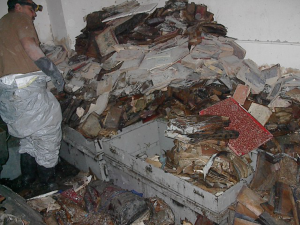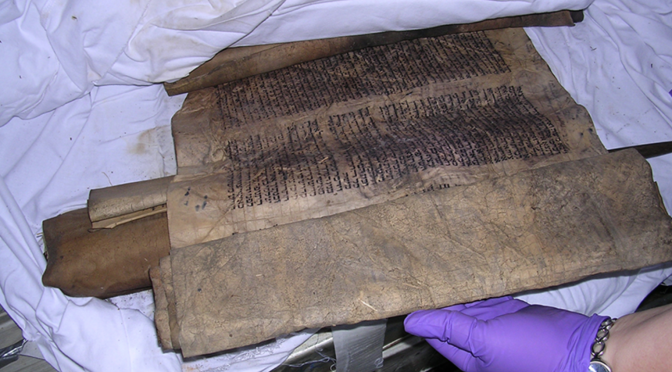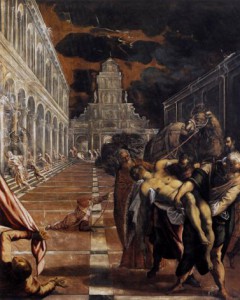On May 6, 2003, United States soldiers in Iraq went down into a basement in an Iraqi Special Intelligence house. The basement was flooded with water and had been left without supervision for months. Buried in the water and mud, soldiers found hundreds of documents from Iraqi Jews, varying from prayers from the 15th Century CE to journals from the 1970’s (“The Iraqi Jewish Archive”). The soldiers brought the books outside to let them dry out. Mold started growing on the books, and the team commander contacted the American National Archives for information on how to preserve the documents. The National Archives responded immediately—they ordered that the books be quickly packaged up and be shipped to the United States for further preservation efforts. At the National Archives in Washington, DC, the documents were dried out, copied, and digitized.

At the time, the National Archives argued that the relics had to be moved to the United States (Sanchez 2014). Iraq was too dangerous a location for such important documents, as evidenced by the fact that they were left in a flooded basement. Continue reading The Iraqi Jewish Archive


